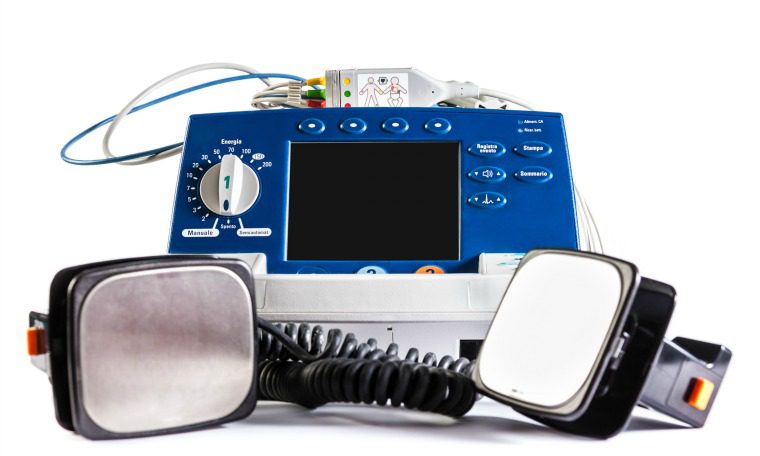 Like many other trades, the wood flooring industry is facing a shortage of skilled labor. When the Associated General Contractors of America surveyed its members in summer 2015, 86 percent of construction firms reported having trouble filling available positions the previous year.
Like many other trades, the wood flooring industry is facing a shortage of skilled labor. When the Associated General Contractors of America surveyed its members in summer 2015, 86 percent of construction firms reported having trouble filling available positions the previous year.
Things haven’t gotten any better. According to The Skilled Labor Shortage: Where is the Next Generation of Craftsmen?, a February report from the HomeAdvisor Insights Forum, 93 percent of employers now cite hiring challenges as a barrier to growth in the coming year.
Like other facets of the national skills gap, the shortage stems from both the demand and supply sides of the labor market. On the demand side, an aging workforce means there are more open positions for installers, creating demand for workers. An October article from staffing company Adecco suggests that 31 million skilled trade positions will be left vacant by 2020 due to retirements. On the supply side, more high school graduates are choosing to pursue a college degree than enter the trades.
The good news for millions of adults with non-degree credentials is that certifications can offer a clear path to employment. There is also a growing recognition of the role associations can play in providing education and certification to their members. According to a recent study, credentials rank as a top three reason for joining a professional association among both millennials and Gen Xers. [Editor’s note: The author runs an association.]
But convincing millennials to enter trades like wood flooring installation means reintroducing a time-honored, but perhaps less flashy trade to digital natives. This summer, National Wood Flooring Association launched its own university to help members earn certifications for specific skills using on-demand, online courses.
In the age of YouTube and seemingly ubiquitous free online content, the university’s value could not rely on online classes or videos alone. Success required that NWFA University translate education into real-world benefits. So, learning leaders designed association-backed digital badges to allow wood flooring professionals to share their expertise in installation, sanding or finishing, for example, with potential customers or employers in a quick, efficient and reliable way.
The process is simple and intuitive, borrowing from familiar consumer web concepts. After successfully completing a course through NWFA University, a student receives a badge via email that can be shared on social media channels like LinkedIn or Facebook. These secure, easily accessible, digital badges allow professionals to demonstrate their verified proficiency and skills to potential customers on the fly, right on their mobile device.
Since launching NWFA University in July 2016, more than 3,200 courses have been completed, and more than 3,500 badges have been issued in partnership with Credly, a digital credentialing platform that ensures credentials are valid, reliable and authenticated. Young professionals can earn badges, while veterans with existing skills or credentials have new ways to show them and put them to use.
Digital badges are transforming the association into a powerful marketing channel as well. Members can now connect their badges to the NWFA’s search platform, which gives potential customers the ability to check out their credentials before getting in touch, or to search for professionals with specific badges or certifications.
It can take time for innovation to take hold in an established field, but the NWFA is demonstrating how digital certifications provide educational and career value for association members and useful information for consumers. Thanks to new technology, the industry has turned its skills gap challenge into an opportunity to attract and enable a new generation of talent.
Stephanie Owen is the education director with National Wood Flooring Association, where she is responsible for developing and implementing NWFA University. Comment below, or email editor@CLOmedia.com.











